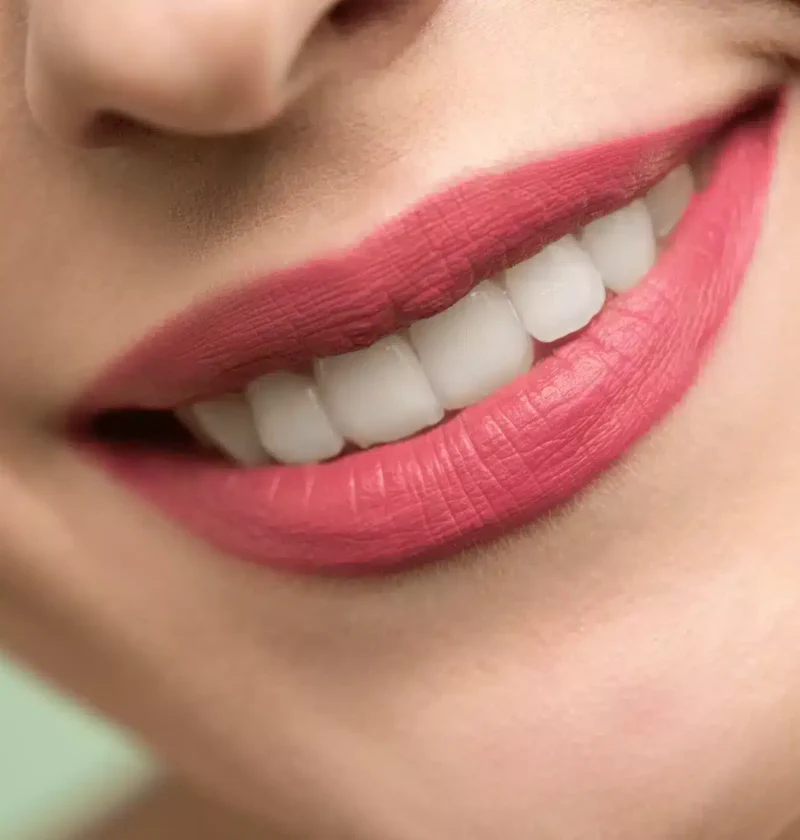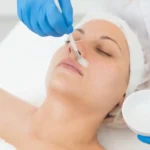
Throughout the aging process, a combination of facial volume loss, skin laxity, and increased dryness leads to the development of wrinkles and folds. The mouth is particularly predisposed to wrinkles, as its high mobility and loss of volume can lead to the creation of lines. For this reason, treatment of this region is often requested by patients.
Which Restylane filler is best for smile and laugh lines?
The Restylane brand of dermal fillers offers many options for treating smile lines and laugh lines. The classic formula of Restylane is often used for this issue, as it has shown high efficacy and safety. For minor smile lines around the mouth, Restylane Silk is also an excellent choice, as its thin formula is easily spreadable. In some clinical practices, a layered combination approach may be taken, utilizing a combination of Restylane products so that a better treatment outcome is attained. Moreover, Restylane Refyne and Defyne (two new additions to the Restylane portfolio) are also indicated for treatment of this area, and were formulated with the preservation of facial expression in mind . The hyaluronic acid in these products moves harmoniously with the face, ensuring natural-looking results.
Why is it so popular?
The hyaluronic acid in Restylane products is designed to be similar to the natural hyaluronic acid found in the skin. Utilizing patented NASHA (Non-Animal Stabilized Hyaluronic Acid) technology, the product is formulated to preserve as much of the natural bonding between hyaluronic acid chains as possible, hence minimizing need for chemical modifications. This minimizes unwanted reactions to the product, thus making this treatment safe and well-tolerated.
What to expect with treatment?
Treatment with Restylane is simple, quick and convenient: all it takes is a couple of injections. After the patient expresses concerns in the mouth area, an assessment and evaluation should be performed, and a treatment plan should be outlined. Once the patient’s skin is prepared via cleansing and antiseptic application, they may be offered options for pain management like numbing cream or local anaesthesia. Restylane is then injected into the skin depression at roughly 30° parallel to the length of the wrinkle or fold. Inject Restylane into the mid-to-deep dermis, applying even pressure on the plunger rod. Some suitable injection techniques for this area include serial puncture, linear threading or some combination of the two. Once the material is administered, the area can be lightly massaged to ensure an even distribution of the product.
The side effects associated with Restylane treatment are minimal and mild in severity. These usually are reactions to the injection, like swelling, bruising, bleeding and tenderness at the injection site. For optimal outcomes and to minimize the risk of unintended effects, the patient is advised to avoid alcohol intake 24 hours post-injection, and to limit their sun and heat exposure for one week after treatment.
In summary, treating smile lines and laugh lines with Restylane is effective, easy, safe and convenient. Patients will reap the benefits of this form of treatment, including a quick procedure, no downtime, and durable results.
Aesthetic medicine products are developed and regulated to meet stringent safety and efficacy standards. They are typically administered by trained healthcare professionals such as dermatologists, plastic surgeons, and specialized nurses in clinical settings. These products aim to provide effective solutions for cosmetic enhancement, skin rejuvenation, and overall aesthetic improvement, contributing to both physical appearance and self-confidence.
Key categories of aesthetic medicine products include:
-
Injectables: This category includes products such as dermal fillers, botulinum toxins (e.g., Botox), and collagen stimulators. These injectables are used to smooth wrinkles, add volume, and improve facial contours.
-
Skin Rejuvenation Treatments: Products like chemical peels, microdermabrasion systems, and laser devices are used to improve skin texture, reduce pigmentation irregularities, and enhance overall skin tone.
-
Skincare Products: These include medical-grade cleansers, moisturizers, serums, and topical treatments containing active ingredients like retinoids, antioxidants, and growth factors. They are formulated to address specific skin concerns such as acne, aging, and hyperpigmentation.
-
Hair Restoration Products: Medical treatments and products designed to promote hair growth and treat conditions such as male and female pattern baldness.
-
Body Contouring and Fat Reduction: Devices and products used for non-surgical body sculpting, such as cryolipolysis (cool sculpting) devices and injectable lipolytics.
-
Cosmeceuticals: High-performance skincare products that bridge the gap between cosmetics and pharmaceuticals, often containing potent ingredients with proven clinical benefits.
-
Wound Care and Scar Management: Products like silicone sheets, gels, and advanced wound dressings used to improve healing and reduce the appearance of scars.





